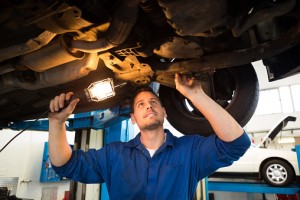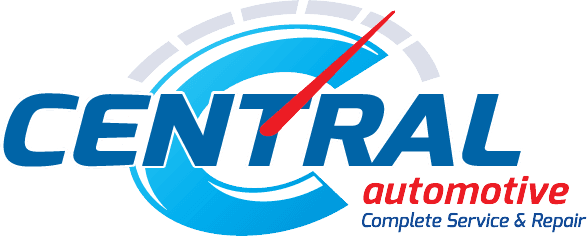
Back in the good ole days this was usually effective. Cars did not have a so many parts. Friends, neighbors, and tow truck drivers helped try to figure out what the problem was, and many times they were right. However with today’s vehicles and the technological advances of computers in cars, vehicles have become incredibly complicated. To put this into perspective, Facebook runs on 62 million lines of code. Modern vehicles, especially the ones with infotainment systems, use 100 million lines of code. Today’s diagnostics are not really even done by a mechanic. With the amount of training that our technicians receive to deal with the complexity of vehicles, they are really a diagnostic engineer. With the growing cost of vehicles and the expense of individual parts, it is critical to have testing and diagnostics done by a master automobile technician or a diagnostic engineer.
We hear often “can you just plug in that box that tells you what’s wrong with the car?” The TV commercials that show this magic box are just selling you parts unfortunately. You may or may not need the part, but once it is installed you have paid for and own it. If that magic box was available, I would buy several! We would be able to still have grease monkeys, not diagnostic engineers with years of experience and training, not to mention $200,000 or more worth of tools and equipment. Then everyone would hire cheaper labor to replace the parts the magic box identified as bad. I wish auto repair was that easy.
There is no magic box. There is multiple different scan tools depending on the manufacturer of the vehicle. A scan tool, typically a custom Laptop or tablet, gathers information and data to point the technician in a direction to test the circuits and components that may have failed. But this is not the parts store tool that they do for free to sell you parts you may not need. A good scan tool typically costs $3,000 to $20,000 depending on car model. The parts store tool only scans 1 computer; most cars have 10 to 30 individual computers. The diagnostic scan tools we use at Central Avenue Automotive are complex and require extensive training to understand the data they are giving you, much the same way that a radiologist interprets X-rays and MRI scans.
What has happened over the years is many inexperienced shops or mechanics plug in the scan tool, and retrieve the code (a code is what points you in the direction of the items to test). For example, one code is PO300. This means a random misfire has occurred in the engine. With this code alone many shops will sell you spark plugs, clear the code, and hope it is fixed without any testing fee. Sometimes you get lucky and it fixes the code, other times the light returns in a few days and they sell you more parts.
Our diagnostic engineers at Central Avenue Automotive in Kent have the latest in diagnostic tools. At last count 18 scan tools and dozens of different types of testing equipment are used in our facility. Once testing is complete, an accurate repair can be performed. This process saves you time and money because the concern is fixed the first time; there’s no need to return for more parts.
As cars become more computerized, the systems are more difficult to test. Beware of anyone that will just replace parts and not test to identify the concern. Let the experts at Central Avenue Automotive use the latest technology, coupled with our rigorous training, to fix your car.






